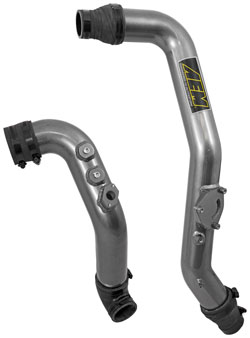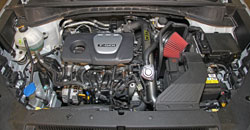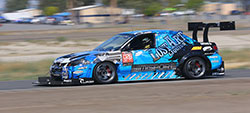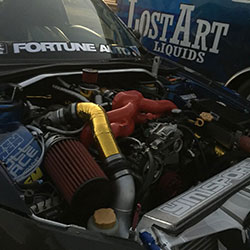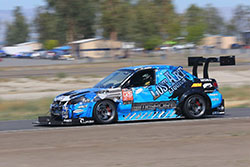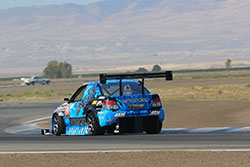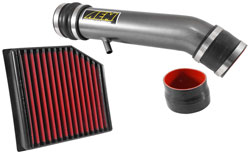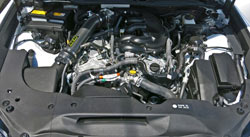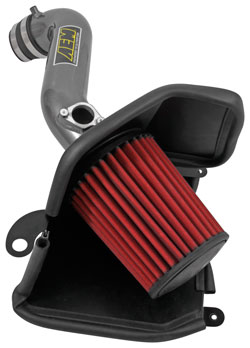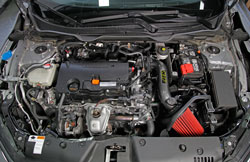The Turbocharged Hyundai Tucson Gets Added Potential with AEM Charge Pipes
- Aug 17, 2016
The sleek new 2016 Hyundai Tucson crossover looks nothing like its predecessors. In fact, it looks more like some of the new crossovers coming out of Europe and Japan. In fact, it may look even better than a few of them. Where owners are feeling a little let down is the optional 1.6-liter turbocharged four-cylinder that produces 175 horsepower – less than most of the vehicles in its class.
Because the Tucson is turbocharged and has a sophisticated engine design with twin cams, four valves per cylinder, direct fuel injection, and a sophisticated on-board computer, it can take the extra boost coming in and turn it directly into horsepower. Therefore, many enthusiasts are modifying the intake system in order to add additional horsepower. However, one set of components that shouldn’t be overlooked are the charge pipes. AEM 26-3002C charge pipes have been engineered to deliver a more consistent, higher volume of airflow through the intercooler, especially if modifications have been made upstream, downstream, or both. AEM charge pipes reduce turbocharged air pressure loss as well as increase air flow from the turbo through the intercooler. This helps to fatten and flatten the torque curve, providing more even and consistent power delivery. The AEM charge pipes have been designed by AEM airflow experts, making certain every bend in the pipes provides excellent flow. Not only is the AEM 26-3002C a freer-flowing charge pipe kit but also offers a wide range of performance customization options. The hot-side charge pipe features a precision machined fitting that allows for a direct bolt-on fitment of the factory blow-off valve. The cold-side charge pipe has two 1/8 inch NPT ports, should you care to add either a water-methanol injection system or a nitrous oxide injection along with a fitting to attach a temperature/boost sensor probe to monitor these modifications. Both charge pipes are constructed from lightweight aluminum, feature smooth mandrel bends, and are finished in a durable gunmetal gray powder coated finish. Couplers are manufactured from high quality materials to withstand the temperature and pressures put through them. A perfect partner to the AEM 26-3002C charge pipes is the AEM 21-783C performance cold air intake system, which replaces your Hyundai Tucson’s restrictive factory air filter and air intake housing. This air intake system was designed, tuned, and dyno-tested to fit the 2016 1.6T Hyundai Tucson models. The air intake tube is constructed from mandrel-bent aluminum featuring a durable gunmetal gray powder coated finish, matching the AEM charge pipes. The oversized AEM Dryflow synthetic washable air filter is located in the original air box space and is protected by a heat shield designed to lower intake air temperature and by doing so, increase horsepower. The tapered cylinder shaped AEM Dryflow air filter is made from an oil-free, non-woven synthetic filter media that can go up to 100,000 miles between cleaning, depending on driving conditions. With the AEM 21-783C performance cold air intake system installed, output of the 2016 Hyundai Tucson 1.6-liter turbo jumps by an estimated 14.0 horsepower, as verified on AEM’s chassis dynamometer. Applications 2016 HYUNDAI TUCSON 1.6L L4 |
|||

